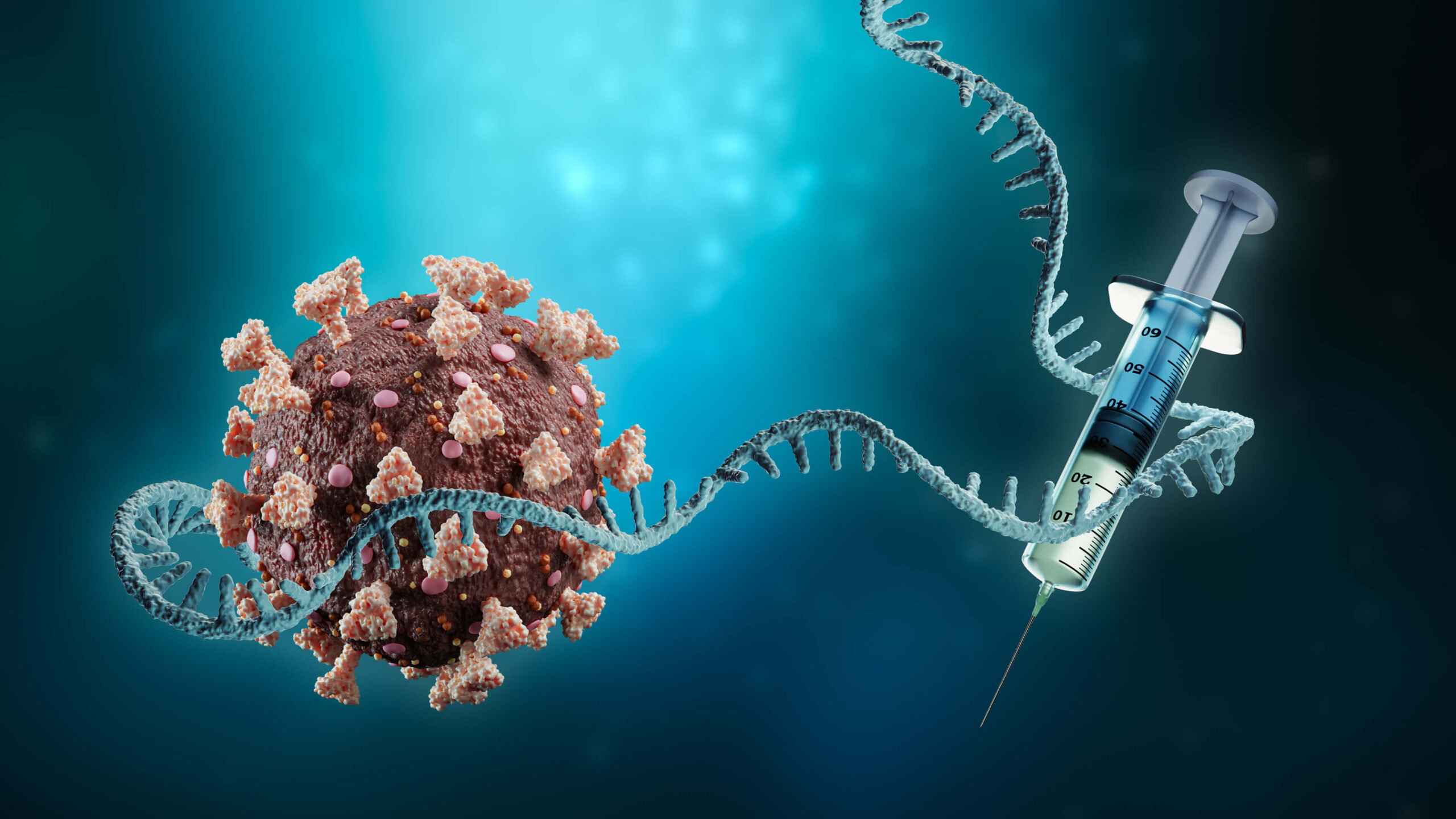Biotechnology is red, white and green
Biotechnology can be subdivided into three main areas: The largest area is called “red biotechnology” and is applied in the healthcare and pharmaceutical sectors. The second area of “white biotechnology” relates to the use of microorganisms in chemical production systems. The third area of “green biotechnology” is about agriculture.
Biotechnological innovations have become indispensible for reaching the Sustainable Development Goals (SGDs) of the United Nations and the European Green Deal objectives. Thereby, new medical treatments, clean energy sources and sustainable agriculture are just three examples how biotechnology contributes to these goals.
Patentability criteria specific to the biotechnology field
As in other technology fields, biotechnological inventions can be patented, if they are new, inventive and industrially applicable. They must further fulfill the formal requirements of unity, clarity and sufficiency of disclosure. In addition to these general criteria, the European Patent Organisation´s member states have agreed on a number of special rules for inventions in the biotechnological field. These rules are in accordance with the EU Biopatent Directive and address rules about patentability of plants as well as patentability of genetically modified animals, and provide ethical and moral criteria for patenting in the biotechnological field, for instance.
In this article, we have reviewed the current Guidelines for Examination in the European Patent Office and the Case Law of the Boards of Appeal with a focus on patenting of biotechnological inventions. Using the most important keywords (1) of the biotechnological area, we have summarized and linked the most important text passages relating to patenting in the biotechnological field in Tables 1 and 2.
Guidelines for Examination in view of biotechnological inventions
The current edition of the Guidelines for Examination in the European Patent Office (March 2023) includes several chapters and subchapters which address special features in the biotechnological area or are specifically dedicated to biotechnological inventions, and are summarized in Table 1.
Specific instructions for EPO patent examiners concerning applications including biological material can be found in A-IV, 4., E-IX, 2.4.4. and F-III, 6.. As biotechnological inventions often contain nucleotide and amino acid sequence information, the Guidelines for Examination dedicate several chapters to this topic (A-IV, 5., E-IX, 2.4.2., F-II, 6., F-IV, 4.24., G-III, 4.). Formal requirements on chemical formulae can be found in A-IX, 11..
Issues concerning patentable subject-matter of biotechnological inventions can be found in B-VIII, 2.1., G-II, 4./5., G-VI, 7./9., G-VII, 13.. Sufficiency of disclosure and unity of invention of biotechnological inventions are specifically considered in F-III, 6./9. and F-V, 3., respectively. F-IV 4.5.2 and F-IV 4.12. address rules on claim drafting with a focus on biotechnological inventions.
Table 1: Guidelines for Examination for biotechnological inventions. Chapters and subchapters related to the biotechnology field were identified searching for biotechnological keywords(1)
Case Law of the Boards of Appeal in view of biotechnological inventions
The current tenth edition of the Case Law of the Boards of Appeal dedicates specific chapters, subchapters and sections to inventions in the biotechnological field, that are listed in Table 2.
In I-B of the Case Law, exceptions to patentability are specified. In chapter 2, the focus is set to breaches of “order public“ or morality, issues which may arise mainly in connection with biotechnological inventions (I-B 2.). One example is Case Law concerning elements isolated from the human body like sequences of a gene. Chapter 3 describes Case Law on patentability of plants/plant varieties (I-B 3.1.), animals/animal varieties (I-B 3.2.), essential biological processes for the production of animals and plants (I-B 3.3.) and microbiological processes and the products thereof (I-B 3.4.). In I-B 4., medical methods for treatment of the human or animal body by surgery or therapy and diagnostic methods practised on the human or animal body, which shall not be granted, are addressed.
I-C 3. of the Case Law clarifies the availability of biological material to the public, and I-C 3.6.-8. specifically address issues about novelty of chemical inventions and first/second and further medical use, respectively.
In I-D 7-9., Case Law relating to the inventive step of biotechnological inventions is described.
Case Law II is about patent applications and amendments, and II-A 3.2. specifies clarity of claims, f.e. on diagnostic and surgical methods, whereas II-B 5.3. addresses the unity of claims, especially in the light of groups of chemical compounds.
In II-C on Case Law about sufficiency of disclosure, II-C 6.6.10 particularly addresses reproducibility of chemical compunds, and II-C 7. relates to sufficiency of disclosure in the biological field in particular.
Case Law laid down by the boards on the priority of inventions comprising nucleotide and amino acid sequences can be found in II-D 3.1.9.
II-E 1. focuses on Case Law on amendments with added subject-matter, with numerous specific biotechnological cases being listed in II-E 1.6.2 and II-E 1.6.3. II-E 2. describes Case Law on amendments with extension of the protection conferred. Specifically, in II-E 2.4.13 Case Law is laid down on narrowing down a generic list of chemical compounds.
Table 2: Biotechnological Case Law. Chapters, subchapters or sections related to the biotechnology field were identified searching for biotechnological keywords(1)
Taken together, in order to apply for a biotechnological patent numerous criteria specific to this area must be considered. Valuable sources for these criteria are the Guidelines for Examination and the Case Law of the Boards of Appeal. In this article, we have summarised the most important criteria for patents in biotechnology based on these two sources.
Our firm is characterised by a high level of commitment to advising founders on patent and trade mark law with regard to their innovative ideas and inventions.
Our concern is to protect innovations and to be your partner in the field of intellectual property.
Turning ideas into patents is an entrepreneurial decision based on weighing the expected strength of the invention, market potential and budget constraints.
We are pleased to offer you a free and non-binding initial consultation to get to know the law firm WINTER, BRANDL – Partnerschaft mbB and to clarify general questions!
We are looking forward to hearing from you. Please feel free to reach out to: CRegler@wbetal.de and JRomic-Pickl@wbetal.de.
(1) keywords of the biotechnological field: biological, biotechnology, sequences, medical, surgical, diagnostic, animal, plant, pharmaceutical, chemical

